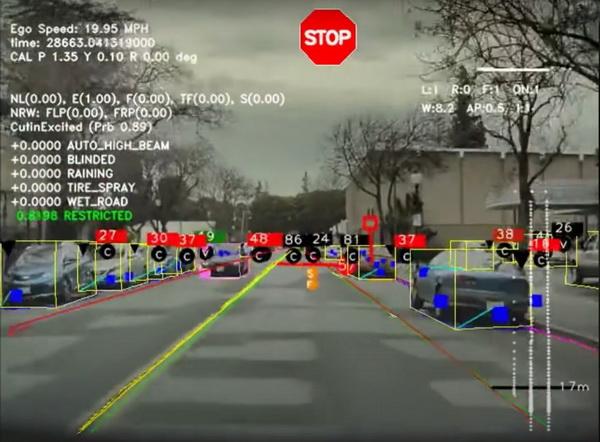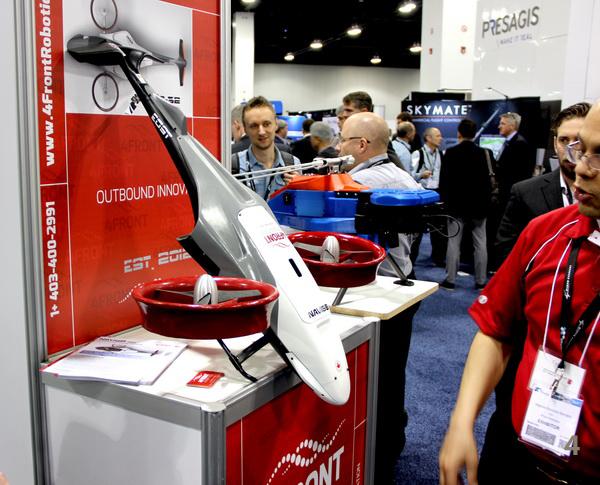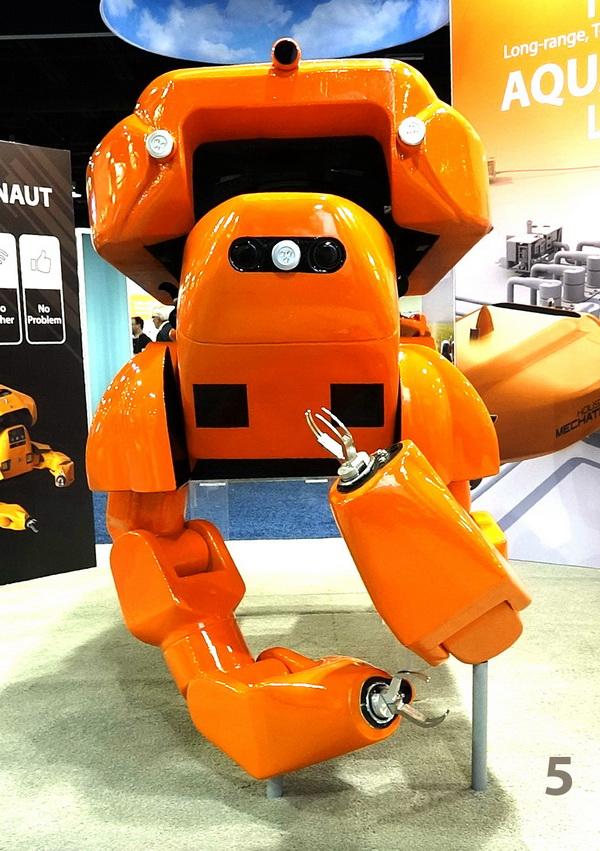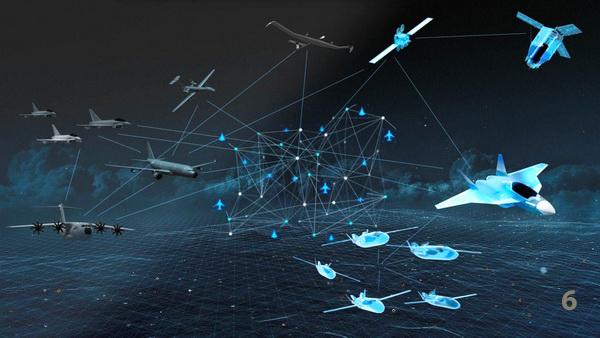AI’s Exponential Growth Rockets Upward in 2020





In Early 2019, President Trump signed an Executive Order on Artificial Intelligence that urges federal agencies to take the lead in setting aside more money and resources for AI development. The order asked a coalition of government bodies to develop a set of national "regulatory" standards around AI. Administration officials said that the standards will address some of the ethical issues posed by AI, including privacy.
AI resides in our refrigerators and other household appliances, satellites, drones, radio-control airplanes, in the latest generation of self-driving cars, and in numerous medical applications. In the skies above, AI is enhancing the GPS applications that guide every aircraft. It is also being used to plan our work environments. Ultimately, AI will be intimately connected to our furthest horizons as a species.
AI is used by biologists in aerial surveys that measure the health of forests and crops. Down next to airport tarmacs, robot lawn mowers map their work areas and learn to avoid obstacles on their programmed routes. They continually optimize their navigation each time they manicure a plot of land. Are these machines truly “smart”? Although many can detect the physical layout of the immediate vicinity with infrared vision or other sensors, these machines operate according to a set of programmed algorithms, like any traditional autopilot.
An expanding category of AI uses layers of “neural networks,” which are comprised of large collections of computer microchips engaged in parallel processing. The largest employ millions of components and, although tiny in size, can recognize faces and even pilot radio chatter. Neural networks are in development that will recognize the patterns in human piloting during landings and takeoffs, with the goal of making autopilots even smarter. In a related development, it was recently announced by Airbus that flexible neural networks will be an integral part of the Airbus-Dassault Aviation Future Combat Air System (FCAS).
But how smart can robots be? Professor Hod Lipson’s research has involved robot arms that, surprisingly, are said to be aware of their own actions. That is, their operating systems are programmed to “think” about themselves—raising the question whether this research may be a step toward self-aware machines. Rumors have circulated for some years that classified smart missile technologies have sometimes included bidirectional short English voice or text commands as part of the command and control conversation between operator and missile.
But where does all this lead? In the military arena there is the philosophical quandary of empowering a machine to make lethal strike decisions on its own. Human decision makers, ethicists have maintained, must be in the loop. For example, German Air Force Brig. Gen. Gerald Funke, the FCAS project leader for the German Ministry of Defense, has stated that Germany "will not accept any technical concept that would give any system the possibility to authorize the death of another person solely on the basis of the logic of an algorithm. …Human beings will remain the sole determinants, responsible for decisions and all their consequences!"
The largest ethical dilemma may arise when we contemplate the possibility of giving a machine, sometime in the distant future, humanlike self-awareness—in theory, the very apogee of robotic AI. Would sending a “thinking” robot on a military mission make it a kamikaze? European parliaments have already grappled with the logical consequences and enacted legislation offering a framework for considering the ethical principles that would govern relationships between humans and intelligent robots, see European Civil Law Rules in Robotics. A “Bill of Rights” for robots would suggest a class of robotic AI personhood, as it were. Some commentators have protested that this could violate the rights of humans.
In any case, AI is viewed as ascendant and unstoppable by many of the most notable technology pioneers of our time, from Ray Kurzweil to Elon Musk. Certainly, aviation will be one of the most profoundly affected industries by ever-more-sophisticated AI, and the benefits for pilots and passengers alike will be immense.
In the larger picture, the optimistic view is that we will manage and work so closely with AI that we will in some sense merge with it. Is the smartphone already the start? On the darker side, Bill Gates, Elon Musk and Stephen Hawking have all warned that AI that supersedes human intelligence could pose a threat to humanity, with the implication that we need to keep our guard up as we develop ever-more-sophisticated AI.
Researchers pushing the vanguard in the search for extraterrestrial intelligence have argued that first contact, if it happens, may well be with robotic AI agents in the cosmos. The theory, as articulated by people such as Seth Shostak, Senior Astronomer at the SETI Institute in Mountain View, California, is that intelligent robots created by biological designers could well outlast their designers and remain in the cosmos for a sufficient period of time for us to detect their signals. Incredibly, this vision now seems technically feasible.
On terra firma, the world’s militaries are stepping up research on AI assisted weapons systems. To a major extent, the next cyber arms race will likely be in AI. Australia recently acquired an AI-augmented drone that will support manned military flights.
AI may soon be sweeping across media channels in ways that would have been considered science fiction only a few years ago. China’s first AI female news anchor debuted in March 2019. In 2018, a synthetic male news anchor had debuted on Chinese TV.
CONCLUSION
Some believe the first profoundly intelligent AI will be developed in less than a decade, which would be very soon, indeed. One thing seems certain: the destiny of humankind itself will likely be inextricably bound with AI over the long term.
CB INSIGHTS AI 100 (2020). The CB Insights tech market intelligence platform analyzes millions of data points on venture capital, startups, patents, partnerships and news mentions in its market analysis. Click here for CB INSIGHTS’ 2020 list of AI tech startups.
Photos:
1. Tesla Autopilot Forward View.
2. Chinese TV Avatar.
3. Artificial intelligence can look for office "pinch points" in offices, courtesy GETTY IMAGES via BBC News.
4. 4FRONT Robotics, based in Alberta, produces gas and electric-powered twin multirotors. They are used in search and rescue and infrastructure surveys, among other applications. Lucien Miller photo taken at the 2018 Xponential convention.
5. The Houston Mechatronics Aquanaut is a submersible that is controlled with mouse clicks. This transformer robot transits to the bottom of the sea, morphs into a semi-humanoid and performs work with its remote-control grippers using acoustic, optical and laser-based sensors. Sophisticated algorithms greatly simplify complex coordinated 3D control of this large robot equipped with human-like arms and grippers.
6. Future Combat Air Systems (FCAS) infographic as depicted by Airbus via Aviationtoday.com.
by Tom Atwood, Executive Director
©2020 The National Robotics Education Foundation (NREF)
